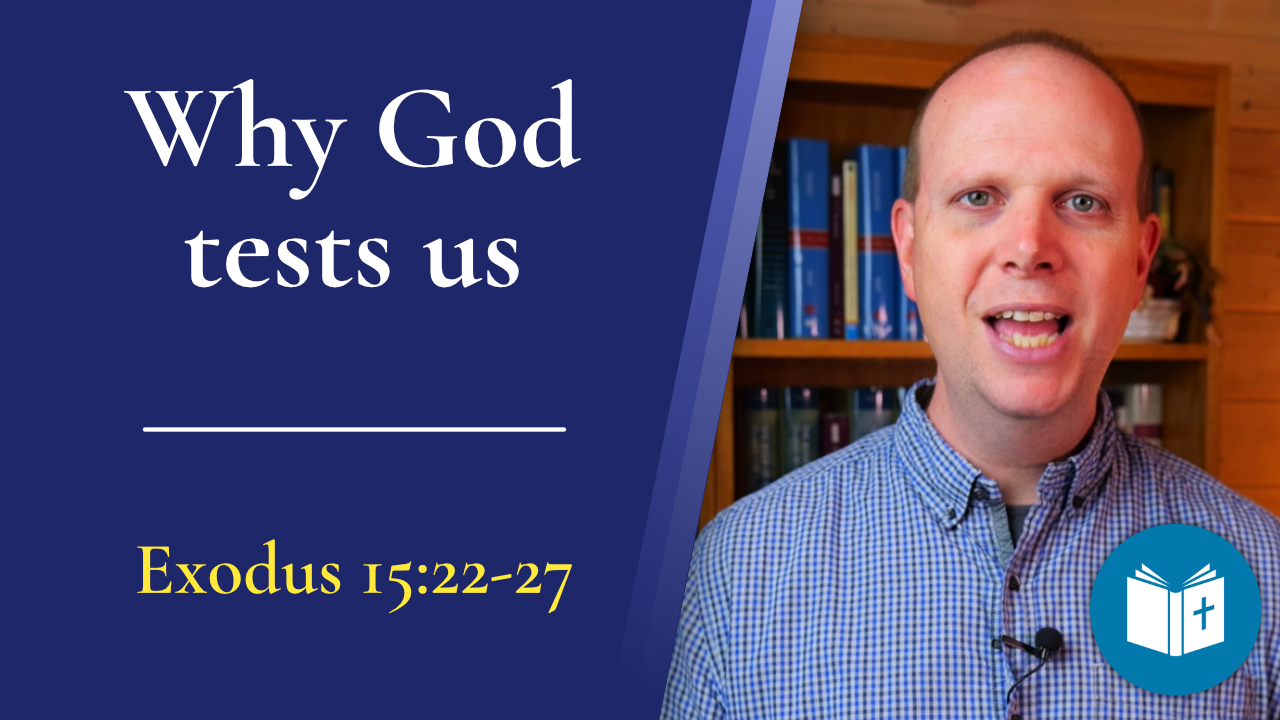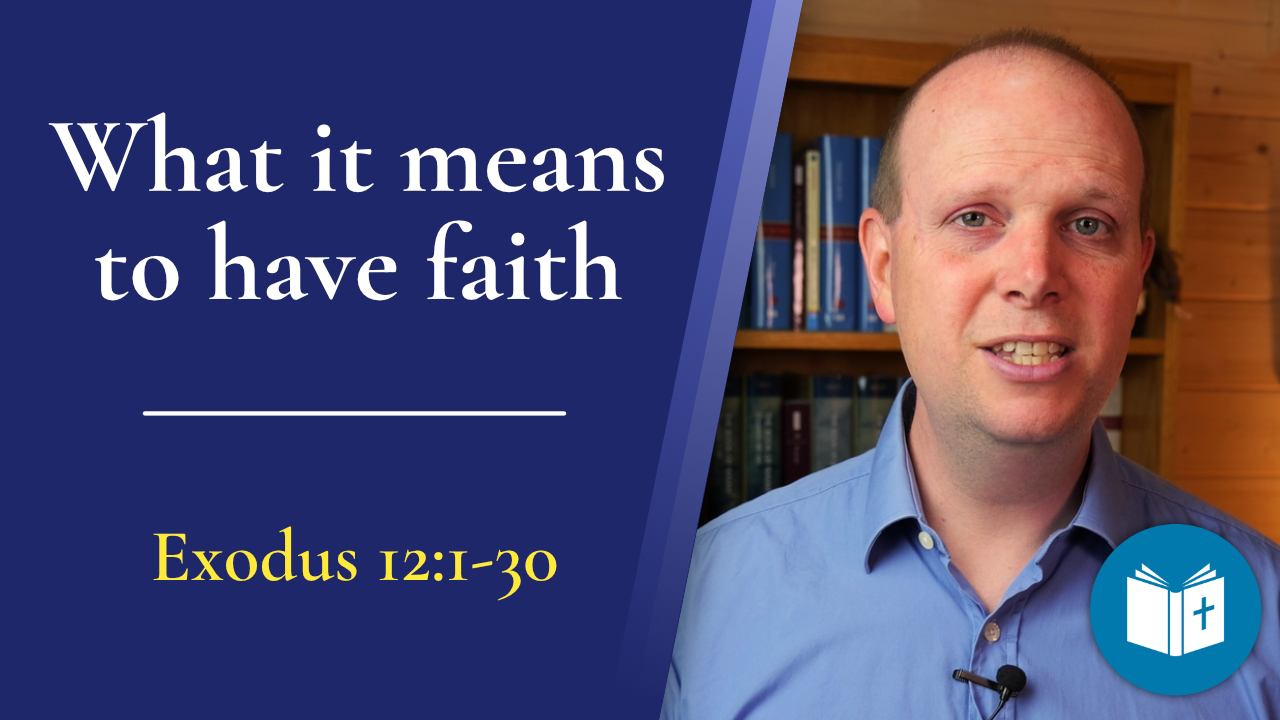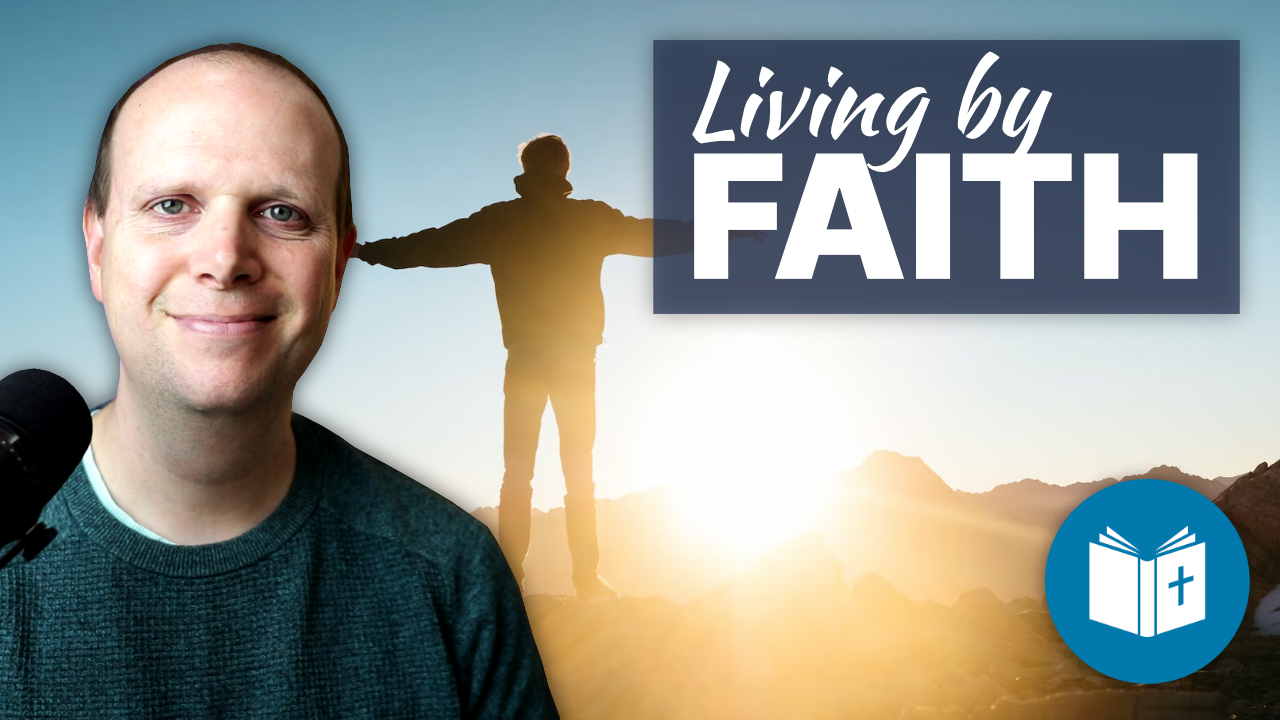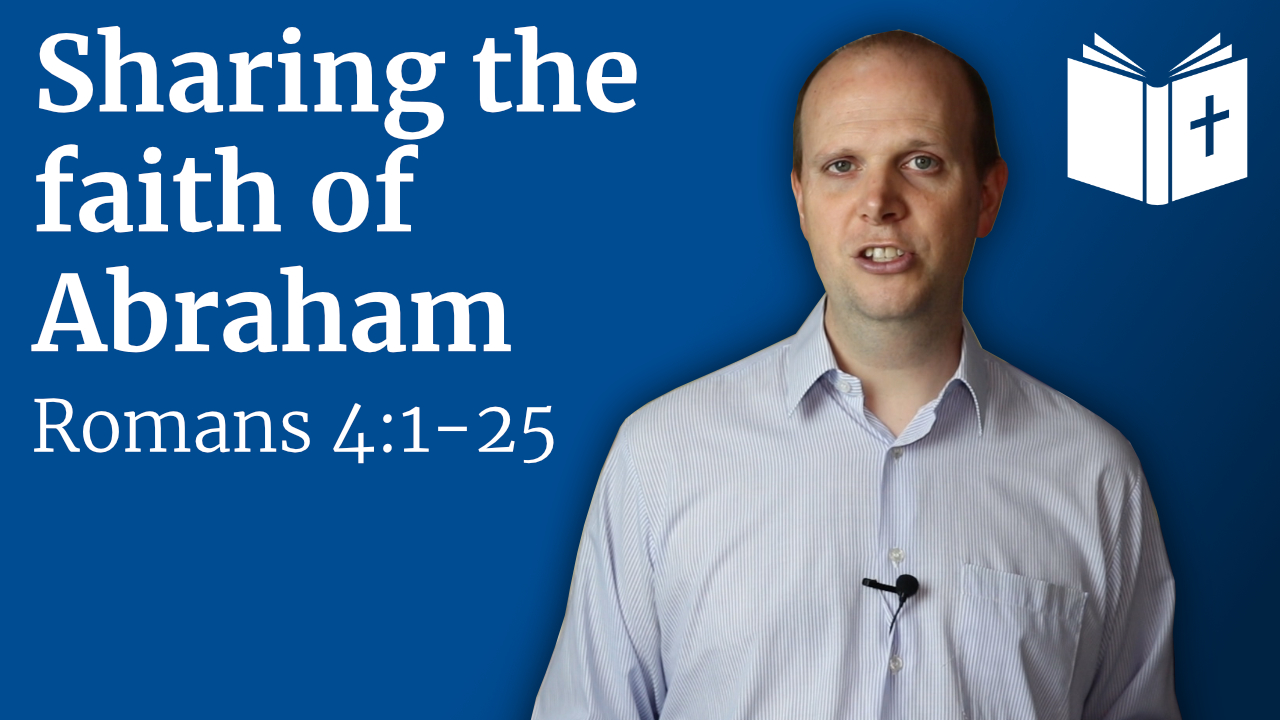There used to be an expression “These things are sent to try us”. But people rarely use it these days – it seems that people don’t think about God testing us at all. But it is clear from the Bible that God does test us. What does it mean, and what does God want from us?
Sermons are also available on the podcast.
Church with UTB: This is part of Church with UTB. Please do have a look at that page for more information.










